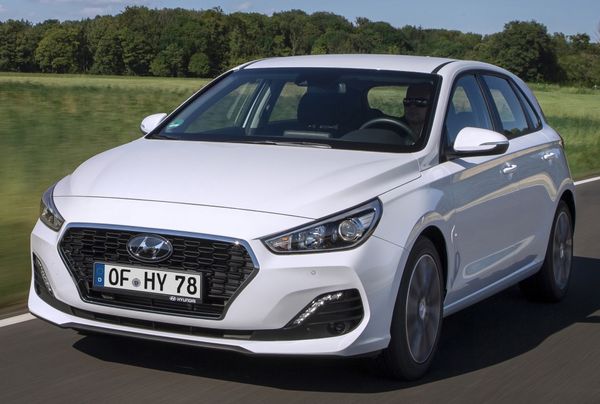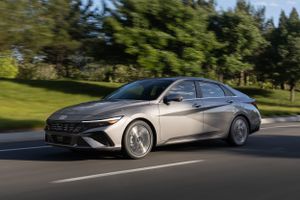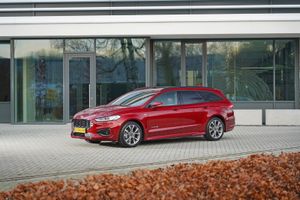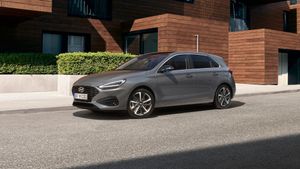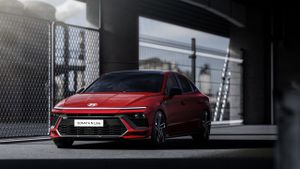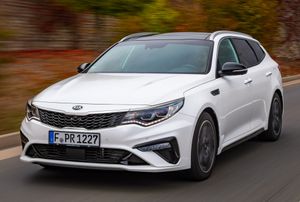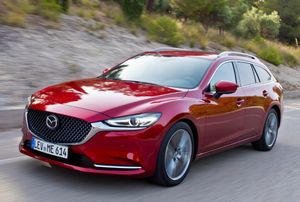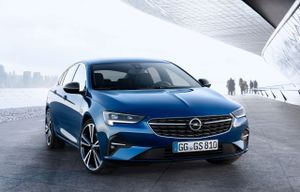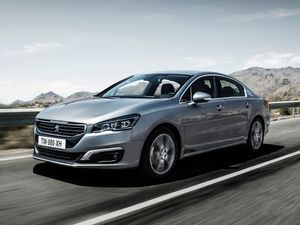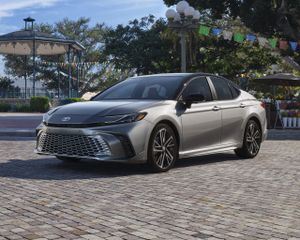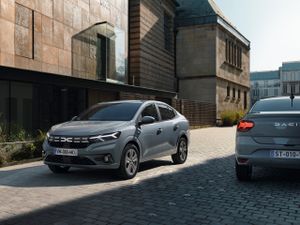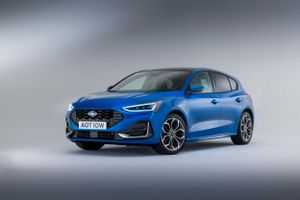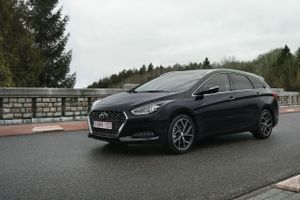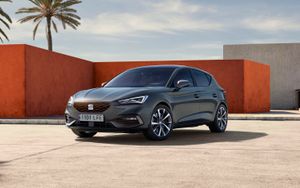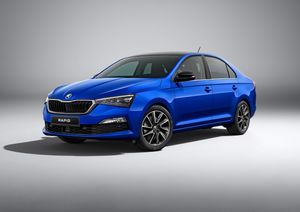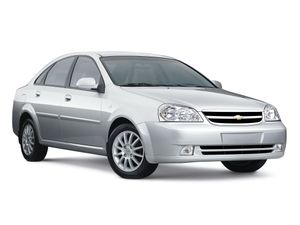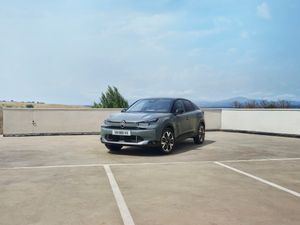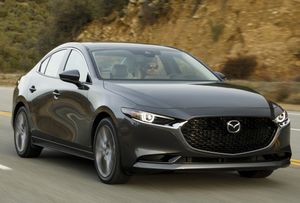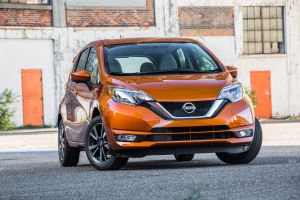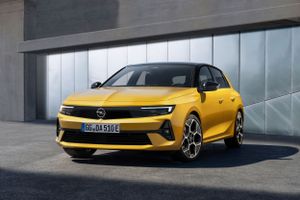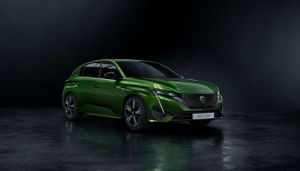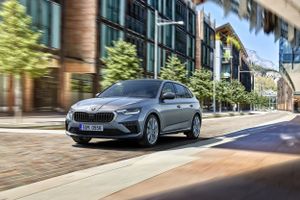Comparison of Hyundai i40 and Hyundai i30
Comparison of Hyundai i40 and Hyundai i30
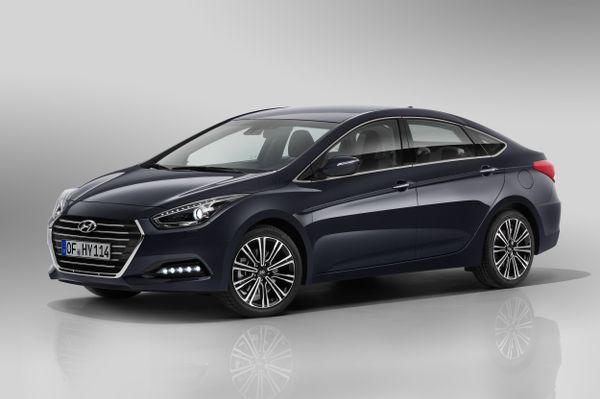
Hyundai i40
Price not determined
No one is selling yet
Characteristics
Hyundai i40 and Hyundai i30
Transmission
Manual
Robotic
Number of gears
6
7
Type of drive
FWD
FWD
Top speed
197 km/h
205 km/h
Acceleration to 100
11.5 sec
9.2 sec
Fuel tank capacity
70 l
50 l
Curb weight
1 477 kg
1 250 kg
Max weight
1 980 kg
1 850 kg
Length
4 745 mm
4 340 mm
Width
1 815 mm
1 795 mm
Height
1 470 mm
1 455 mm
Wheelbase
2 770 mm
2 650 mm
Front track width
1 591 mm
1 573 mm
Rear track width
1 597 mm
1 581 mm
Trunk volume min
525 l
395 l
Trunk volume max
1 301 l
Wheel size
205/60 R16
215/50 R17
225/45 R18
215/50 R17
225/45 R18
205/55 R16
225/45 R17
225/45 R17
Fuel consumption city
8.3 l
6.4 l
Fuel consumption highway
5.2 l
5 l
Average consumption
6.3 l
ECO class
Euro 6
Euro 6
CO2 emissions
147 g/km
130 g/km
Engine type
Gasoline
Gasoline
Engine location
Front, transverse
Front, transverse
Engine power system
Direct injection (direct)
Direct injection (direct)
Engine capacity
1591 cm³
1353 cm³
Type of boost
No
Turbo
Cylinder arrangement
Inline
Inline
Number of cylinders
4
4
Valves per cylinder
4
4
Compression ratio
11
10
Bore and stroke
77 × 85.4 mm
71.6 × 84 mm
Maximum power
135 (99 ) 6300
140 (103 ) 6000
Maximum torque N⋅m
165 4850
247 1500
Front suspension
Independent, spring
Independent, spring
Rear suspension
Independent, spring
Independent, spring
Front brakes
Ventilated disc
Ventilated disc
Rear brakes
Disс
Disс
Clearance
147
140
Trim version
Hyundai i40 and Hyundai i30
Driver's airbag
Passenger airbag
Side front airbags
Window airbags (curtains)
Driver's knee airbag
Driver drowsiness detection
Tire pressure sensors
Alarm
Keyless central locking
Immobilizer
Rear-view camera
Isofix for the back row
Cruise control
Adaptive Cruise Control
Anti-lock braking system (ABS)
Electronic stability program (ESP)
Hill start assist (HAS)
Emergency brake assist (BAS, EBD, EBA)
Automatic slip regulation (ASR)
Collision avoidance system
Lane departure warning system
Blind spot monitoring system
Drive mode selection system
AUX
USB
12V
Bluetooth
Carplay
Android Auto
Wireless Charging for Smartphone
Sound
Audio system
Audio system
Folding rear seat
Third rear headrest
Leather gear shift
Leather steering wheel
Front center armrest
Power window
Sunroof
Panoramic roof
Driver's seat adjustment
Seat trim
Fabric seats
Fabric seats
Front seats
Heated wipers
Side mirrors
Steering wheel height adjustment
Steering wheel reach adjustment
Power steering
Power steering
Air conditioner
Air conditioner
Dual-zone climate control
On-board computer
Power mirrors
Keyless entry system
Engine Start Button
Start-stop system
Power folding mirrors
Multifunction steering wheel
Folding mirrors
Headlights
LED headlights
Light sensor
Daytime running lights
Adaptive front-lighting system
Fog lamp
Rain sensor
High beam assist
Diameter
R17
Material
Steel
Alloy
Photos
Hyundai i40
Hyundai i30
Comparison of Hyundai i40 with other cars
Comparison of Hyundai i30 with other cars
Today on the Market
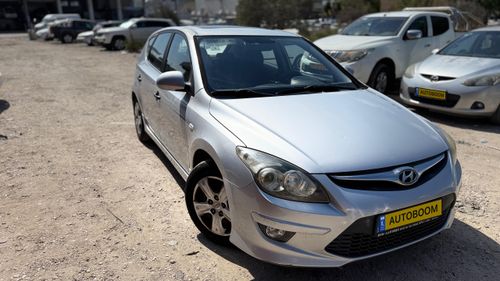
Hyundai i30, 2010
₪ 16 500
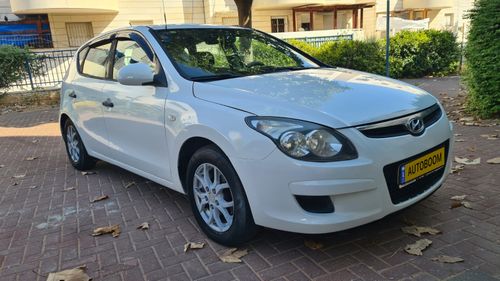
Hyundai i30, 2009
₪ 15 900
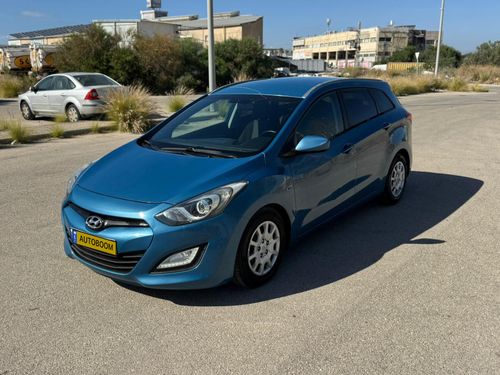
Hyundai i30, 2013
₪ 23 000
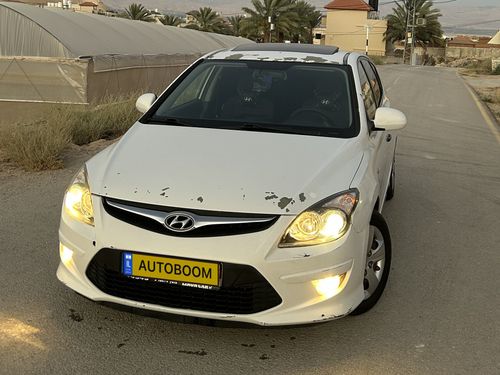
Hyundai i30, 2010
₪ 14 000
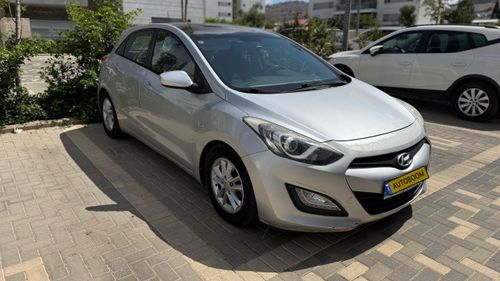
Hyundai i30, 2014
₪ 36 000
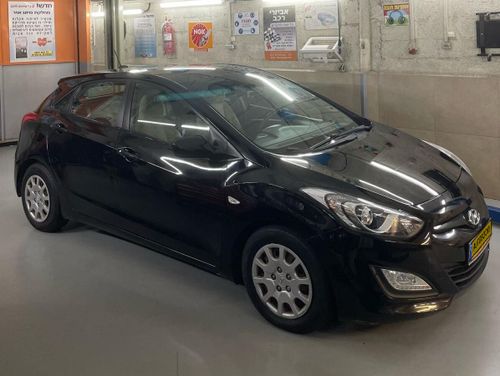
Hyundai i30, 2013
₪ 29 500
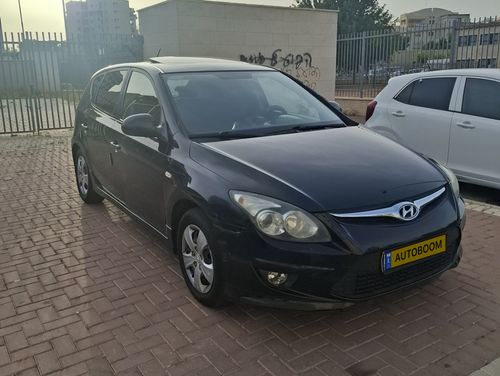
Hyundai i30, 2011
₪ 14 500

Hyundai i30, 2012
₪ 30 000
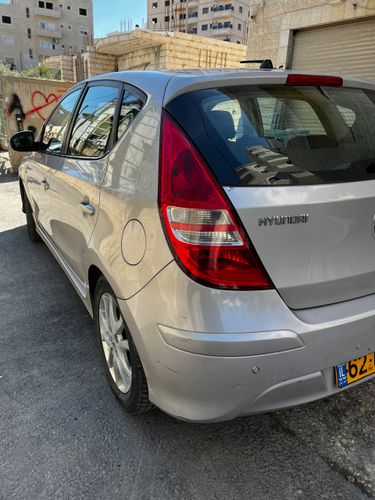
Hyundai i30, 2011
₪ 16 000

Hyundai i30, 2008
₪ 14 500

Hyundai i30, 2018
₪ 54 900

Hyundai i30, 2015
₪ 33 000

Hyundai i30, 2008
₪ 15 000

Hyundai i30, 2010
₪ 19 999

Hyundai i30, 2013
₪ 18 000

Hyundai i30, 2014
₪ 30 000

Hyundai i30, 2013
₪ 18 000
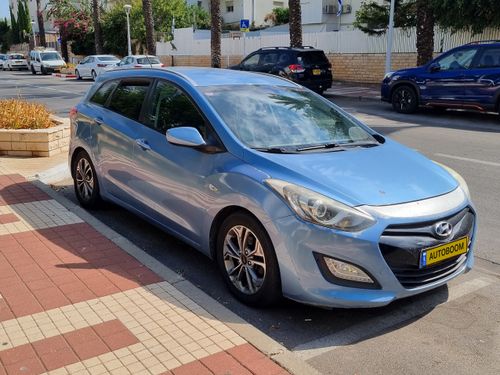
Hyundai i30, 2013
₪ 22 000

Hyundai i30, 2014
₪ 25 000

Hyundai i30, 2010
₪ 14 800
Compare similar cars Hyundai i40 and Hyundai i30
Hyundai i40 and Hyundai i30 are two popular cars, each with its own unique advantages and features. The choice between Hyundai i40 and Hyundai i30 depends on the driver's needs and preferences.Hyundai i40 and Hyundai i30 are two popular cars, each with its own unique advantages and features. The choice between Hyundai i40 and Hyundai i30 depends on the driver's needs and preferences.
